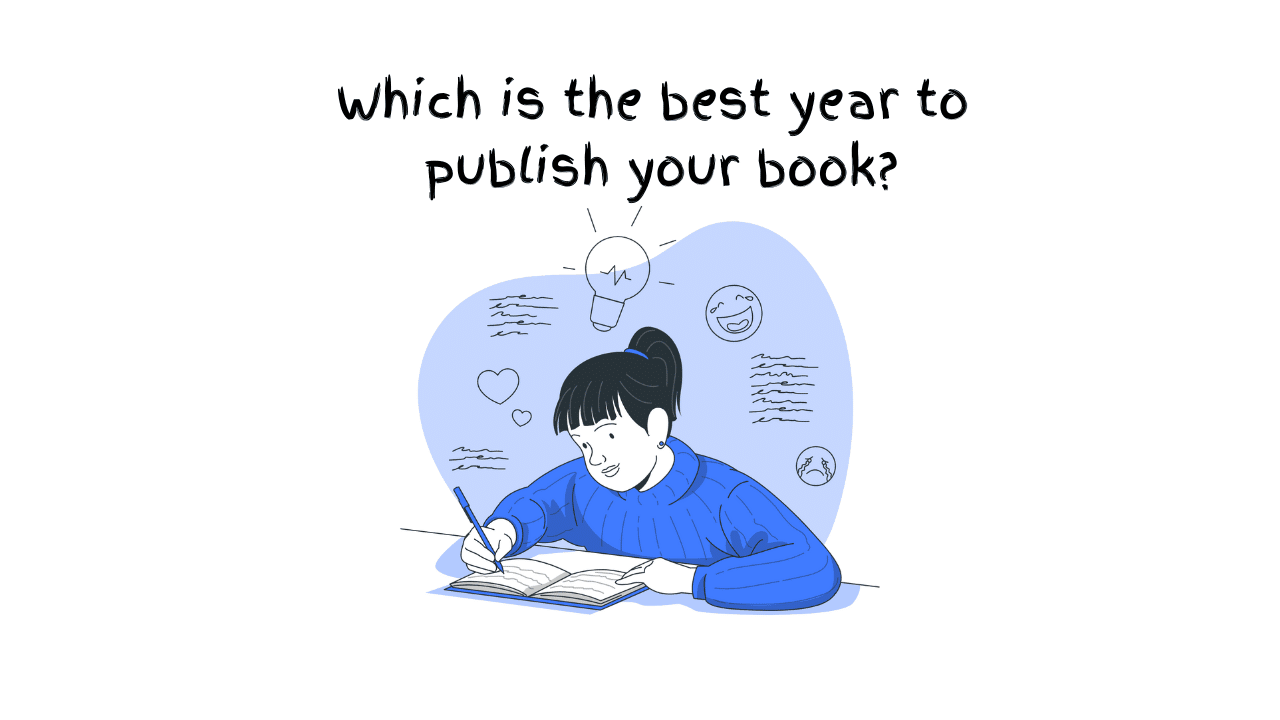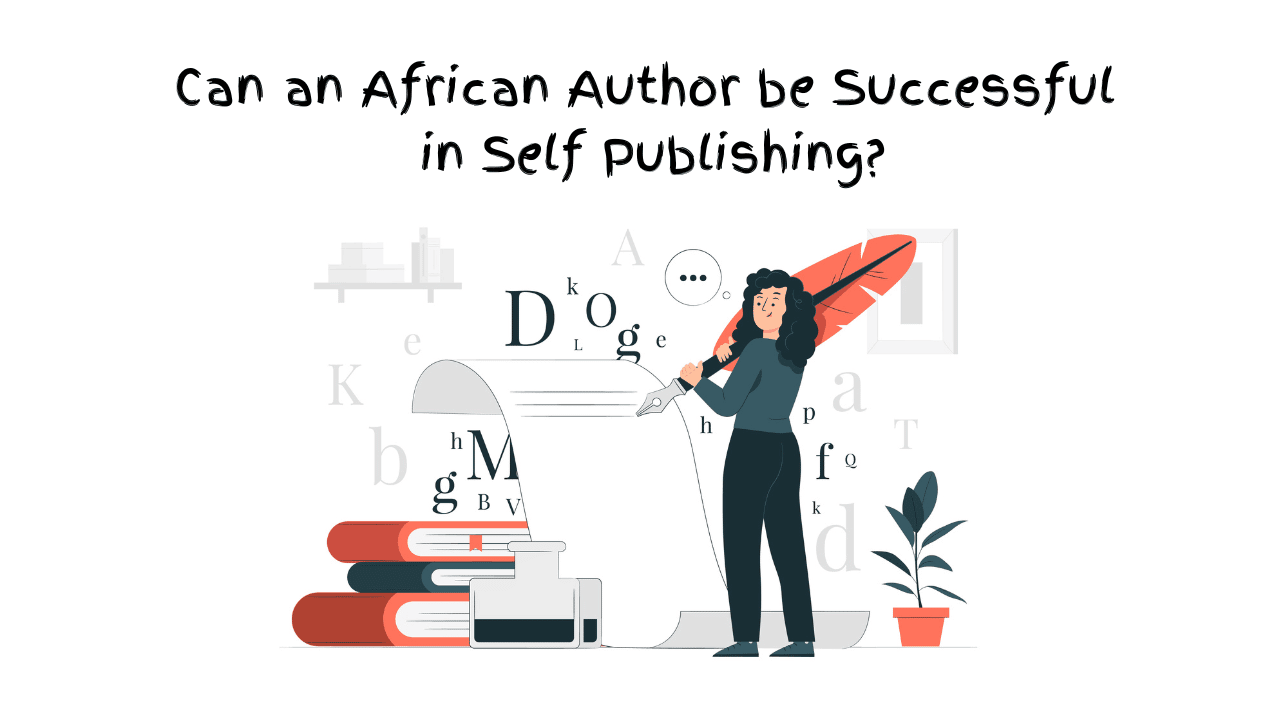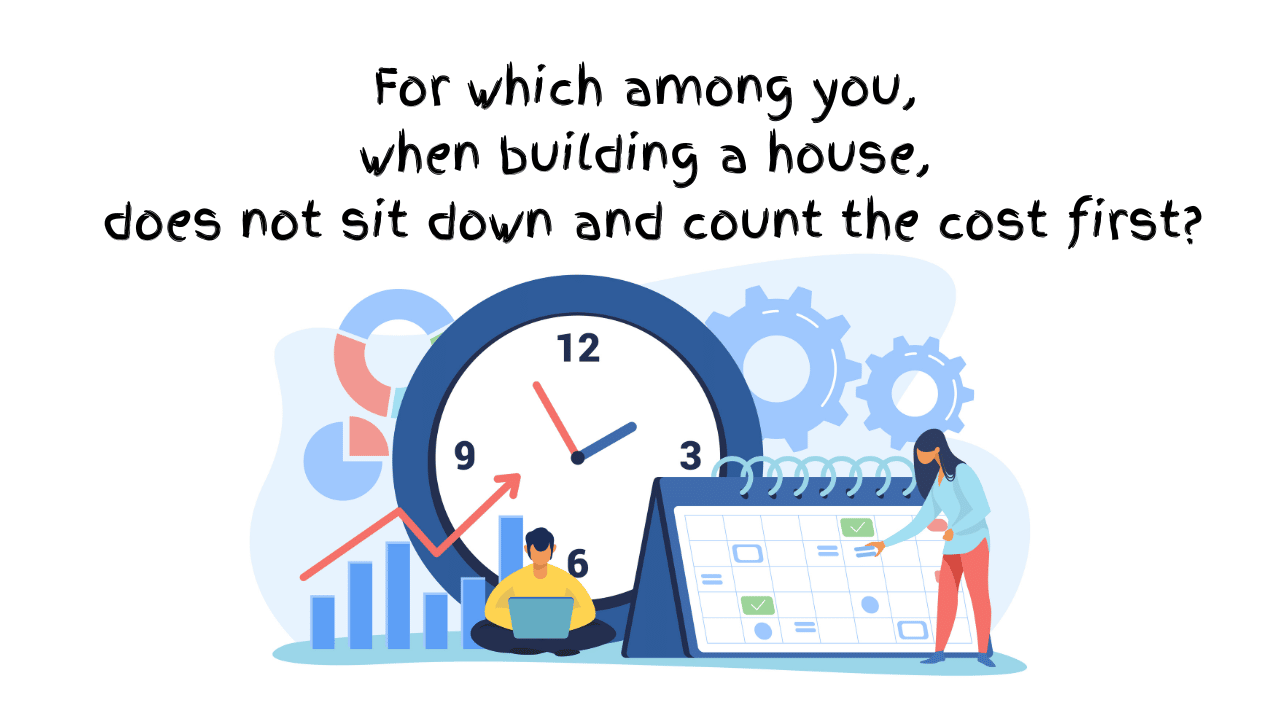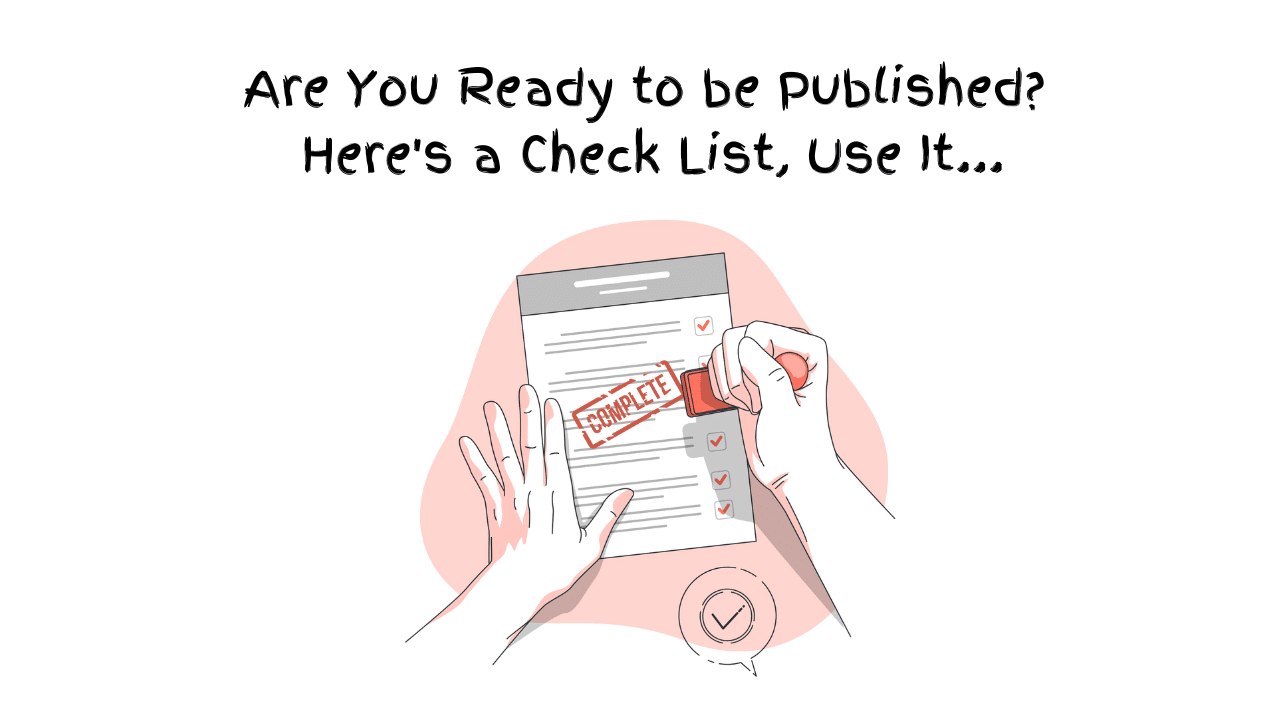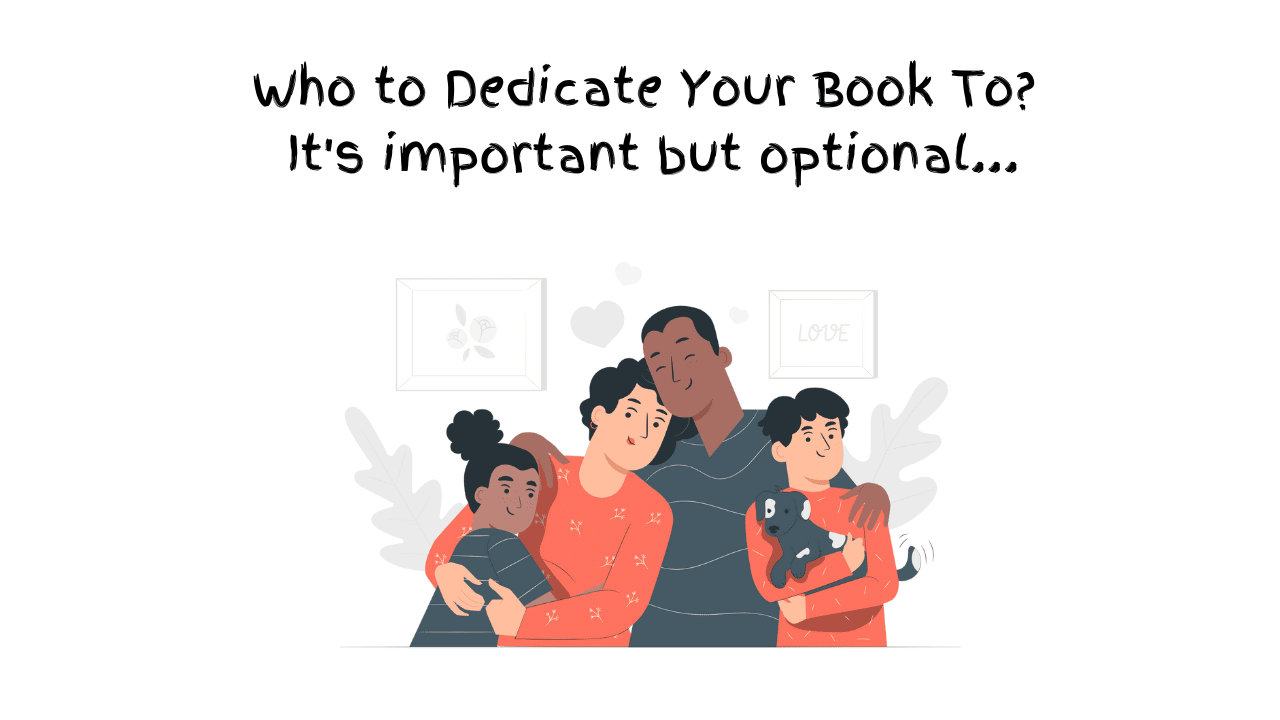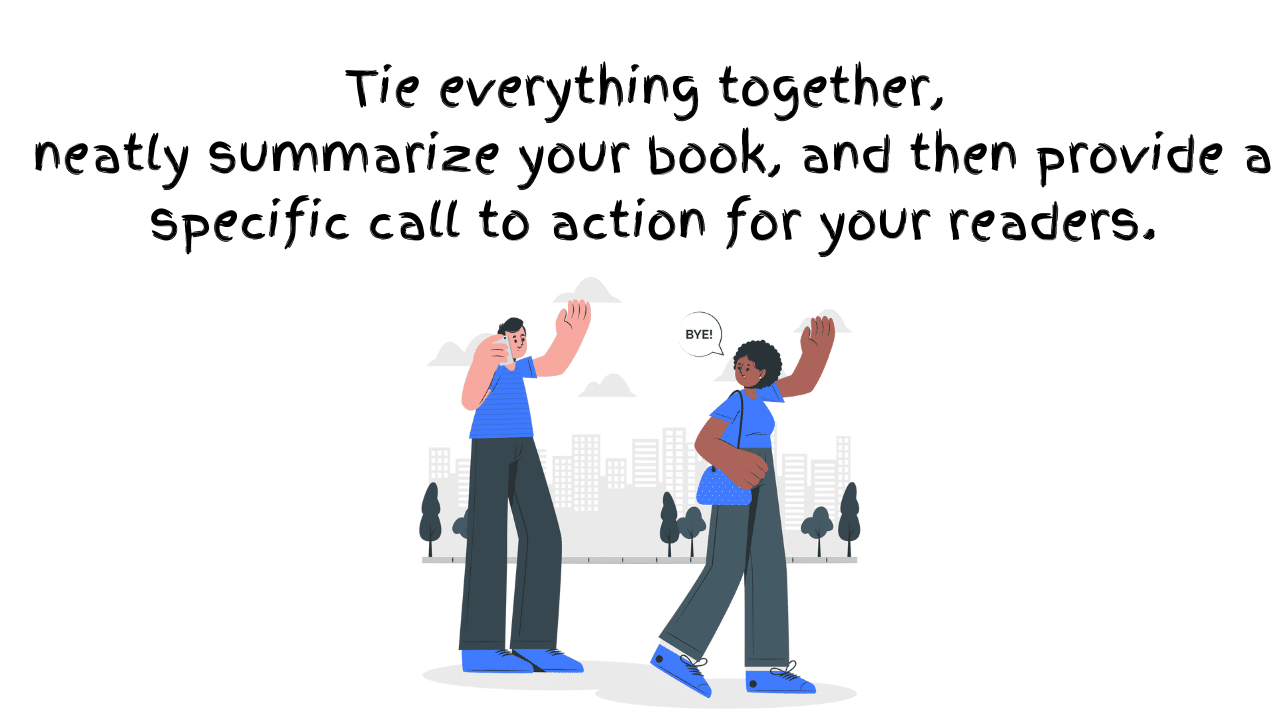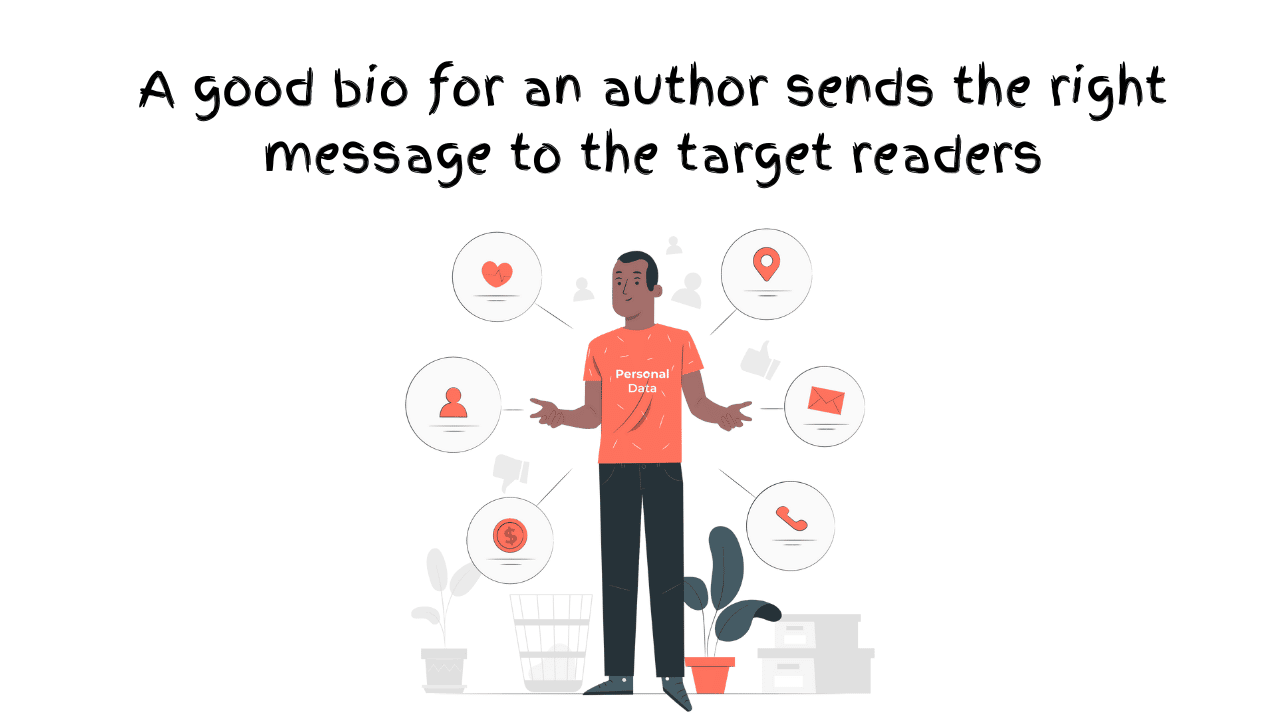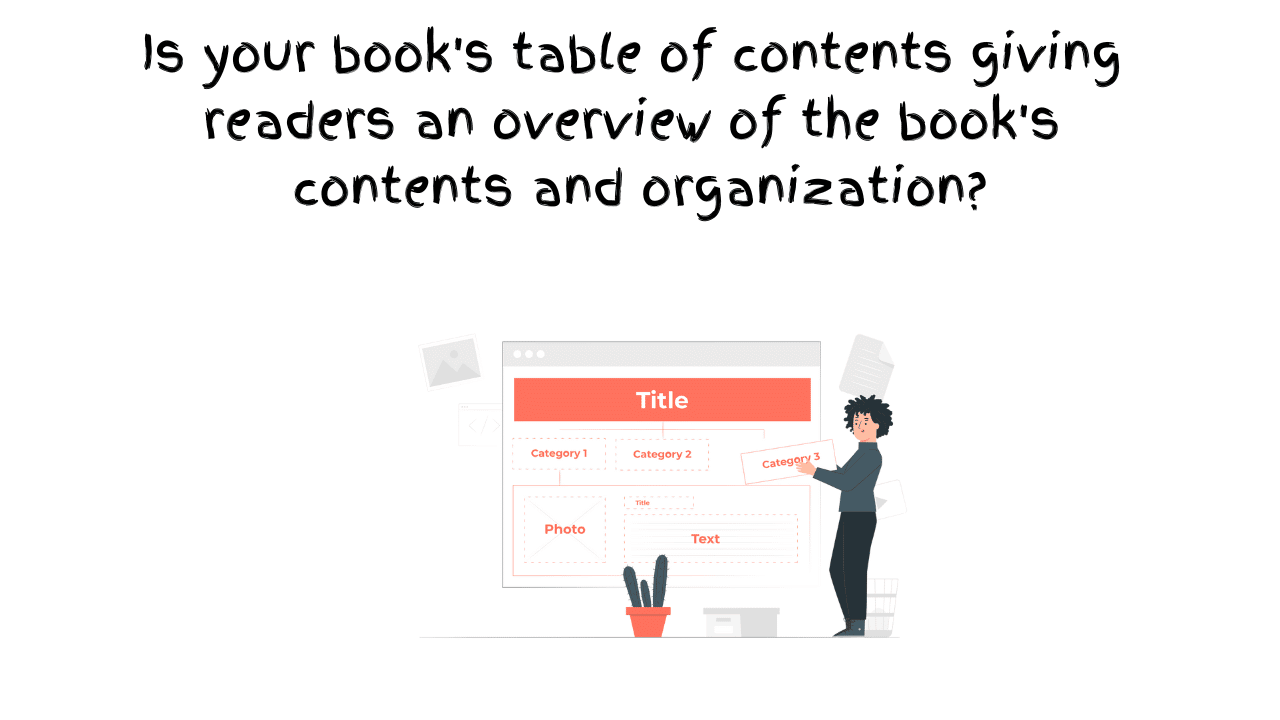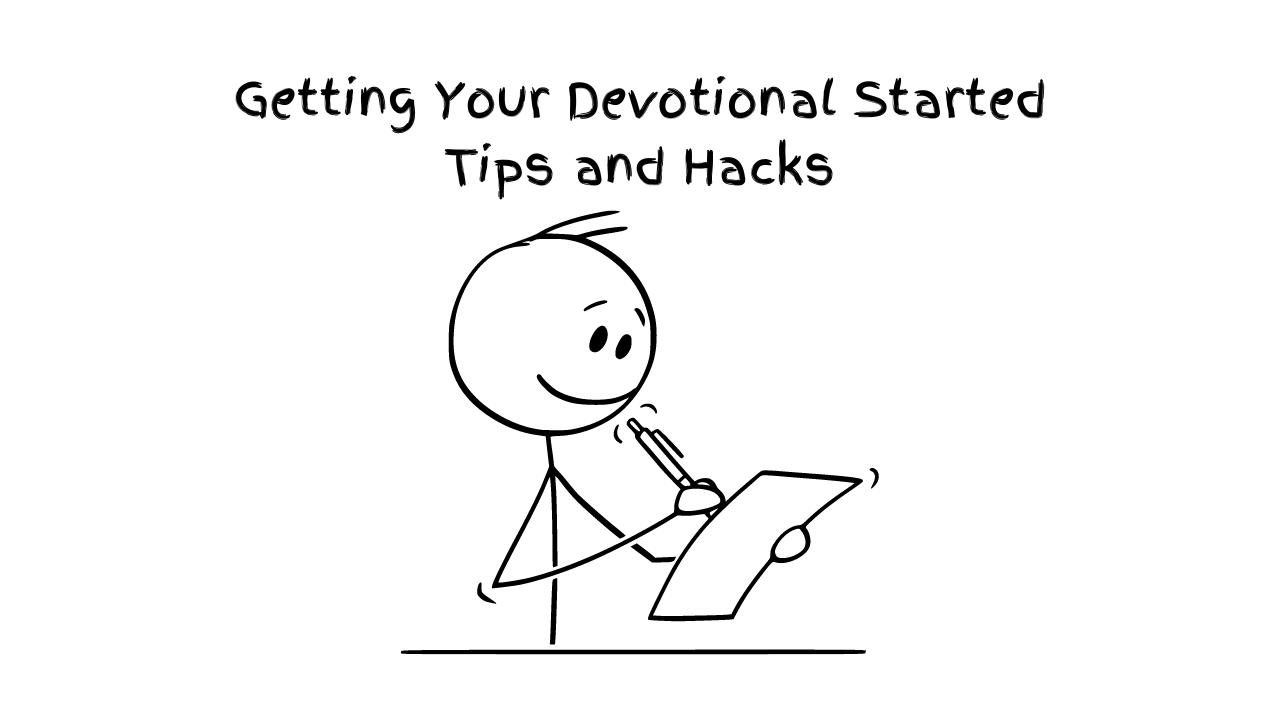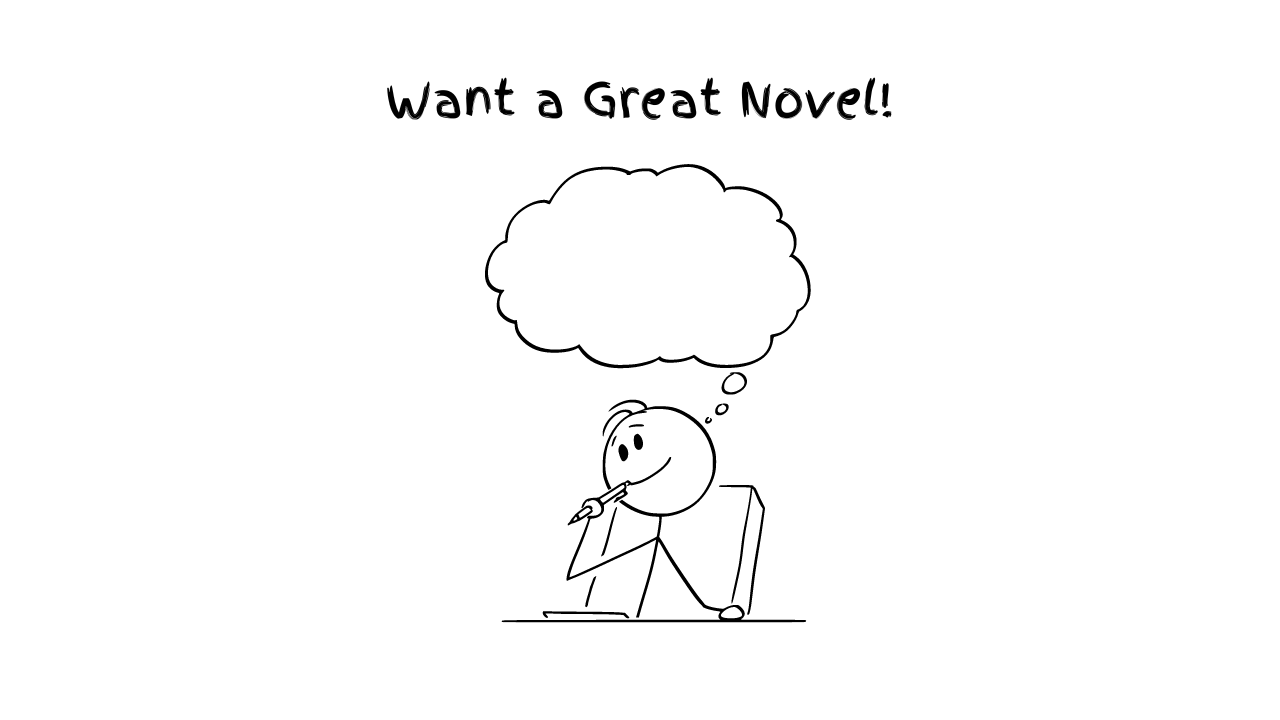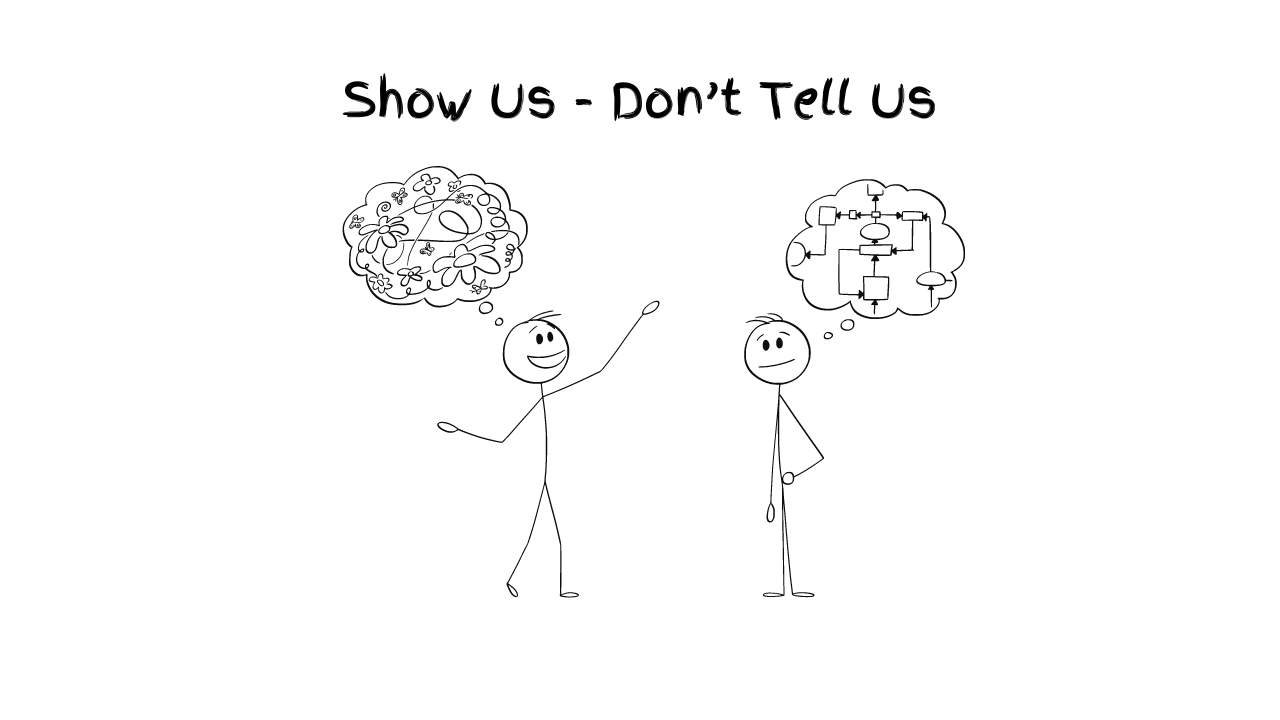What is dialogue in storywriting?
Dialogue in storywriting refers to the spoken exchanges between characters within a narrative.
Effective dialogue is characterized by authenticity, clarity, and relevance to the story. It should sound natural and believable, reflecting the unique voices and perspectives of the characters. Dialogue tags, such as “said,” “asked,” and “replied,” help identify speakers and maintain clarity in conversations.
Overall, dialogue is a powerful tool in storywriting that brings characters to life, advances the plot, creates tension and atmosphere, and explores themes and emotions, enriching the reader’s experience and enhancing the overall impact of the narrative.
It is a crucial element of storytelling that serves multiple purposes:
Characterization/Character Development: Dialogue reveals the personalities, traits, and motivations of characters and relationships. Through their speech patterns, vocabulary, tone, choice of words and mannerisms, readers gain insights into who the characters are and how they relate to one another.
Well-crafted dialogue can reveal nuances of character that description alone cannot convey, fostering empathy and connection between readers and characters.
Plot Advancement: Dialogue moves the story forward by conveying important information, revealing plot developments, and initiating action. Characters may discuss their goals, share crucial details, make decisions, or engage in conflict, driving the narrative and maintaining reader engagement.
Effective dialogue propels the story’s momentum, creating a sense of immediacy and progression that keeps readers invested in the outcome.
Building Relationships, Conflict and Tension: Dialogue often involves conflicts, disagreements, or misunderstandings between characters. These interactions create tension and drama, heightening suspense and propelling the story towards its resolution.
Dialogue allows for the exploration of interpersonal dynamics, including friendships, romances, rivalries, and conflicts. Through conversations, characters interact and react to one another, revealing tensions, misunderstandings, and power dynamics. Dialogue-driven confrontations and resolutions can be pivotal moments in the story, driving character development and plot progression.
Setting and Atmosphere: Dialogue can establish the setting, time period, place and cultural context of the story immersing readers in its world. Dialects, accents, and colloquialisms in characters’ speech can add authenticity and richness and help create a sense of place and atmosphere, immersing readers in the world of the story.
By incorporating sensory details and descriptive language, dialogue can paint vivid images in readers’ minds, enhancing their understanding and appreciation of the setting.
Emotion and Theme: Dialogue conveys characters’ emotions, feelings, and attitudes, allowing readers to connect with them on a deeper level. It explores themes such as love, friendship, betrayal, and redemption, providing insights into the human condition and the complexities of relationships.
Engaging Readers: Well-crafted dialogue captivates readers’ attention and keeps them actively involved in the story. By presenting information in a dynamic and interactive format, dialogue encourages readers to participate in the narrative, forming their own interpretations and reactions. Dialogue-driven scenes provide opportunities for suspense, humor, drama, and emotional resonance, creating memorable reading experiences.
In biography writing, dialogue serves a slightly different purpose but remains equally important:
Authentic Representation: Dialogue in biographies aims to faithfully represent real conversations and interactions, providing readers with insights into the lives and personalities of the individuals being portrayed. Direct quotations and reported speech offer glimpses into the subjects’ thoughts, beliefs, and experiences, enhancing the authenticity and credibility of the narrative.
Humanizing Subjects: Dialogue humanizes the subjects of biographies, allowing readers to connect with them on a personal level. By presenting their words and interactions with others, biographies convey the complexity and humanity of their subjects, portraying them as multifaceted individuals with strengths, flaws, and relatable experiences.
Contextualizing Events: Dialogue contextualizes key events and moments in the subjects’ lives, shedding light on their motivations, decisions, and relationships. Through conversations with family members, friends, colleagues, and adversaries, biographies provide a deeper understanding of the social, cultural, and historical contexts in which the subjects lived and operated.
Conveying Tone and Voice: Dialogue captures the subjects’ tone, voice, and mannerisms, allowing readers to hear their unique personalities and perspectives. Whether through recorded interviews, letters, or archival documents, dialogue reveals the subjects’ speech patterns, linguistic quirks, and rhetorical styles, enriching the narrative with authenticity and intimacy.
Overall, dialogue is a powerful tool in both fiction and biography writing, enabling authors to develop characters, advance plots, evoke atmosphere, build relationships, and engage readers in meaningful ways. Its careful crafting and strategic deployment are essential for creating compelling and immersive narratives that resonate with audiences long after they’ve finished reading.
How to use dialogue in story
Using dialogue effectively in a story involves several key considerations and techniques:
Relevance to the Plot: Dialogue should serve a purpose in advancing the plot or developing characters. Ensure that each conversation contributes to the overall narrative arc, revealing new information, driving conflicts, or progressing relationships.
Character Differentiation: Each character should have a distinct voice and manner of speaking. Consider factors such as background, personality, and motivations when crafting dialogue. Dialects, speech patterns, vocabulary, and tone can all help differentiate characters and make their conversations more authentic.
Show, Don’t Tell: Dialogue is an opportunity to show rather than tell. Instead of explicitly stating information or emotions, allow characters to reveal them through their interactions and conversations. Subtext, implied meanings, and non-verbal cues can add depth and complexity to dialogue.
Use of Tags and Beats: Dialogue tags (e.g., “said,” “asked,” “replied”) help identify speakers and maintain clarity in conversations. Use them sparingly and vary them to avoid repetition. Additionally, incorporate action beats and descriptive cues to break up dialogue and provide context for how characters are speaking and behaving.
Subtext and Conflict: Effective dialogue often involves subtext and underlying tension. Characters may say one thing while meaning another, leading to misunderstandings or conflicts. Explore power dynamics, hidden agendas, and conflicting motivations to add depth and complexity to conversations.
Natural Flow and Realism: Dialogue should sound natural and realistic, but it’s important to avoid excessive filler or mundane exchanges. Condense conversations to focus on the most essential elements and keep the pacing of the story engaging.
Revising and Polishing: After drafting dialogue, revise and polish it to ensure clarity, coherence, and effectiveness. Read it aloud to check for flow and authenticity, and consider feedback from beta readers or critique partners to refine characterization and strengthen impact.
Context and Setting: Consider the context and setting of each conversation. Dialogue may vary depending on factors such as location, time of day, and social dynamics. Use these details to enrich the atmosphere and enhance the reader’s immersion in the story world.
By paying attention to these elements and techniques, you can use dialogue effectively to bring characters to life, advance the plot, and engage readers in your story.
Best examples of use of dialogue in story
Christian literature, including fiction, often employs dialogue to convey spiritual themes, moral dilemmas, and the inner workings of faith. Here are a few examples:
“The Chronicles of Narnia” series by C.S. Lewis: In these beloved fantasy novels, dialogue is used to explore Christian allegory and theological concepts in a fantastical setting. One notable example is a conversation between Aslan, the Christ-like lion, and various characters, where profound truths about sacrifice, redemption, and courage are imparted through dialogue.
“Redeeming Love” by Francine Rivers: This historical romance novel is deeply rooted in Christian themes of love, forgiveness, and redemption. Through the dialogue between the protagonist, Angel, and other characters, the novel explores the transformative power of God’s unconditional love and the struggle to accept forgiveness.
“The Shack” by William P. Young: In this bestselling novel, dialogue plays a central role in exploring questions of faith, suffering, and the nature of God. Conversations between the main character, Mackenzie Phillips, and the Trinity personified as characters in the story, delve into complex theological issues with compassion and understanding.
“The Screwtape Letters” by C.S. Lewis: This satirical work features a series of letters written by a senior demon, Screwtape, to his nephew, Wormwood, advising him on how to tempt a human soul. Through the dialogue between these infernal characters, Lewis offers insights into Christian morality, spiritual warfare, and the nature of evil.
“Peace Like a River” by Leif Enger: In this novel, dialogue is used to explore faith and miracles in the context of a family’s journey through hardship and adversity. Conversations between the protagonist, Reuben Land, and his father, Jeremiah, as well as other characters, reflect themes of divine intervention, the power of prayer, and the mystery of God’s providence.
These examples demonstrate how dialogue can be a powerful tool for conveying Christian themes, exploring spiritual truths, and engaging readers in matters of faith and morality. Through authentic and thought-provoking conversations, Christian stories can inspire, challenge, and encourage readers on their own spiritual journeys.
Some of the best examples of the use of dialogue in storytelling come from classic literature, contemporary fiction, and renowned screenplays. Here are a few notable examples:
“To Kill a Mockingbird” by Harper Lee: This Pulitzer Prize-winning novel is celebrated for its rich characterization and poignant dialogue. One memorable exchange occurs between Atticus Finch and his daughter Scout:
Atticus: “You never really understand a person until you consider things from his point of view… until you climb into his skin and walk around in it.”
This dialogue not only reveals Atticus’s wisdom and empathy but also encapsulates one of the novel’s central themes of understanding and compassion.
“Pride and Prejudice” by Jane Austen: Austen’s novel is renowned for its sparkling wit and sharp social commentary, exemplified in the banter between Elizabeth Bennet and Mr. Darcy:
Elizabeth: “I could easily forgive his pride, if he had not mortified mine.”
Darcy: “Our habits of expense make us too dependent, and there are not many in my rank of life who can afford to marry without some attention to money.”
This dialogue showcases the tension and misunderstandings between the two characters, as well as Austen’s mastery of irony and social satire.
“The Catcher in the Rye” by J.D. Salinger: Salinger’s novel is known for its distinctive first-person narration and authentic teenage voice. Holden Caulfield’s colloquial and introspective dialogue provides insight into his disillusionment and alienation:
Holden: “People never notice anything.”
Holden’s observations and musings on society, phoniness, and authenticity resonate with readers, capturing the angst and uncertainty of adolescence.
“The Godfather” screenplay by Mario Puzo and Francis Ford Coppola: This iconic film features memorable dialogue that has become ingrained in popular culture. One standout exchange occurs between Michael Corleone and his brother Fredo:
Michael: “I know it was you, Fredo. You broke my heart.”
This emotionally charged line encapsulates the betrayal and tragedy at the heart of the Corleone family saga, showcasing the power of dialogue to convey complex emotions and interpersonal dynamics.
“Good Will Hunting” screenplay by Matt Damon and Ben Affleck: This Academy Award-winning film is renowned for its compelling characters and heartfelt dialogue. One notable scene features a poignant conversation between therapist Sean Maguire and troubled genius Will Hunting:
Sean: “It’s not your fault.”
Will: “I know.”
Sean’s repetition of this phrase, combined with Will’s emotional breakdown, highlights the film’s themes of vulnerability, healing, and self-acceptance.
These examples demonstrate the diverse ways in which dialogue can enrich storytelling, from revealing character depth and relationships to conveying thematic depth and emotional resonance.
Step1: Prepare Yourself to Get Published…
Are you ready to publish your book? Here is how you need to prepare. Have your manuscript ready and explore the oprions available today. If you are stuck in getting it started or finished, there is several ways to get help. Explore and get published today!
Read MoreStep2: Let’s Talk About Publishing
The self-publishing landscape has changed considerably in the past two decades with new technologies such as the Internet, and the $1 billion markets continuing to change at a rapid pace. Increasingly, there are numerous alternatives to traditional publishing, and self-publishing is becoming the first choice for writers.
Read MoreStep3: Factors to Consider Before Self Publishing
Jesus, while talking to the disciples about following Him, asked them to count the cost. The same Scripture applies to authors today - you have to count the cost from the beginning to ensure you don't stop at some point in your book project's journey.
Read MoreStep4: Requirements for Self Publishing
Are you ready to be published? Use our 4 points check list and tick 'Published Author' box so you can move on to the next God-given assignment...
Read MoreStep5: Publishing Steps – Review
Is your manuscript due for a review towards getting published? The major focus during manuscript review is the general quality of the book. It is important to establish the overall completeness, scope and readership of the manuscript and whether the presentation and accessibility of the book is suitable. #RaisingAfricanVoices
Read MoreStep5a: How to Write a Book Dedication
A book dedication is a way for you, the author to bestow a high honor on a person (or a group of people) you wish to praise or otherwise spotlight. This dedication note is often short and usually focused on one person (or a specific group of people). It’s supposed to be personal, rather than professional. It goes on the dedication page, which is in the very front of the book, after the title page. Here's how to write one. #RaisingAfricanVoices
Read MoreStep5b: How to Write a Book’s Foreword
A well-written foreword can function as the ultimate third-party recommendation or endorsement for your book, generating interest and helping when it’s time to market your book. Here are the benefits of forewords and a guide to writing one. #RaisingAfricanVoices
Read MoreStep5c: How to Write a Book Introduction
Are you stuck on writing your book introduction? Here's how to... Hook the reader right from the beginning with a personal story from your life, a funny story, a joke, or just an interesting fact that causes him/her to want to continue reading. #RaisingAfricanVoices
Read MoreStep5d: How to Write a Book’s Conclusion
If your readers are in the conclusion chapter, it also means they read the whole book, they liked it, and now they want you to wrap it up. So don’t rash it. Give them what they want. Here's how to write a good conclusion for your book. #RaisingAfricanVoices
Read MoreStep5e: How to Write an Author’s Bio
People are looking for reasons why they should spend their time reading what you have written. You need to instill confidence in your readers that you are knowledgeable on the subject matter by writing an appropriate bio. Here's how to write one. #RaisingAfricanVoices
Read MoreStep5f: How to Write a Book’s Blurb
A blurb is a short yet descriptive account of the book that goes on the back cover or within the book sleeve of a hardcover book. It includes any information that represents the book best and intrigues the readers and shoppers to pick the book off the shelves. Here's how to write one... #RaisingAfricanVoices
Read MoreStep5g: What to Include in the Copyright Page and Complete the Copyrighting Process
Copyright law gives creators of original material the exclusive right to further use and duplicate that material for a given amount of time, at which point the copyrighted item becomes public domain. Here's what you need to know. #RaisingAfricanVoices
Read MoreStep5h: How to Write an Acknowledgment
An acknowledgment section in a book provides the space to go into lenghty details in thanking the people who were sources of inspiration and support for your book and life. Here'show to write one. #RaisingAfricanVoices
Read MoreStep5i: How to Write a Table of Contents
A table of content shows the things that are held or included in something. In the book industry, it is a list of the chapters or sections given at the front of a book or periodical. Here's how to write one... #RaisingAfricanVoices
Read MoreStep6a: How to Write a Devotional
A devotional book is a literary work designed to provide spiritual inspiration, guidance, and reflection for readers seeking to deepen their faith and relationship with God.
Read MoreStep6b: How to Write a Captivating Novel
A great novel is a complex interplay of various elements, but some key components often contribute to its greatness.
Read MoreStep6c: How to Use Dialogue in Story Writing
Effective dialogue is characterized by authenticity, clarity, and relevance to the story. It should sound natural and believable, reflecting the unique voices and perspectives of the characters. Dialogue tags, such as "said," "asked," and "replied," help identify speakers and maintain clarity in conversations.
Read MoreStep6d: How to Use ‘Show Don’t Tell’ in Story Writing
"Show don't tell" is a fundamental principle in storytelling that encourages writers to use descriptive language, actions, dialogue and scenes to reveal information to the reader, rather than simply telling them outright.
Read MoreStep6e: How to Elevate a Flat Non-fiction Christian Book to Make it Personal and Engaging
"Show don't tell" is a fundamental principle in storytelling that encourages writers to use descriptive language, actions, dialogue and scenes to reveal information to the reader, rather than simply telling them outright.
Read MoreStep6f: Ethical ways to use other people’s public stories in a non-fiction Christian book
"Show don't tell" is a fundamental principle in storytelling that encourages writers to use descriptive language, actions, dialogue and scenes to reveal information to the reader, rather than simply telling them outright.
Read More
